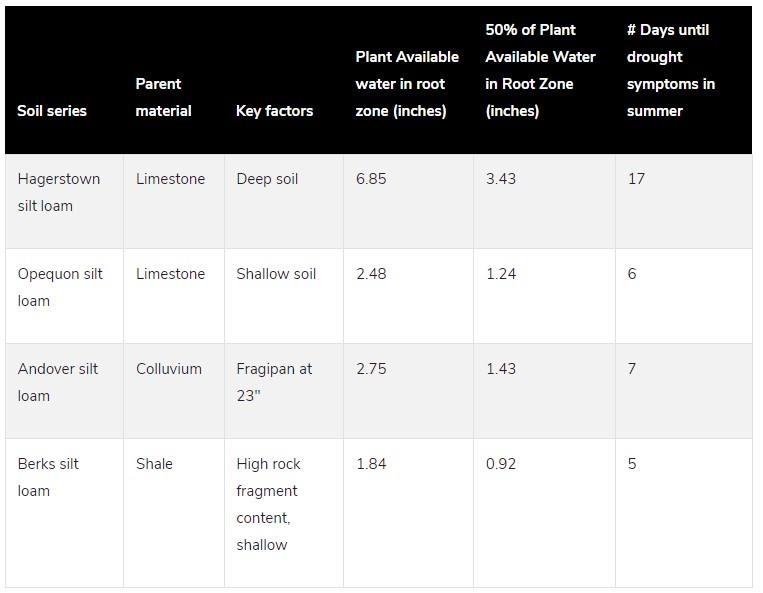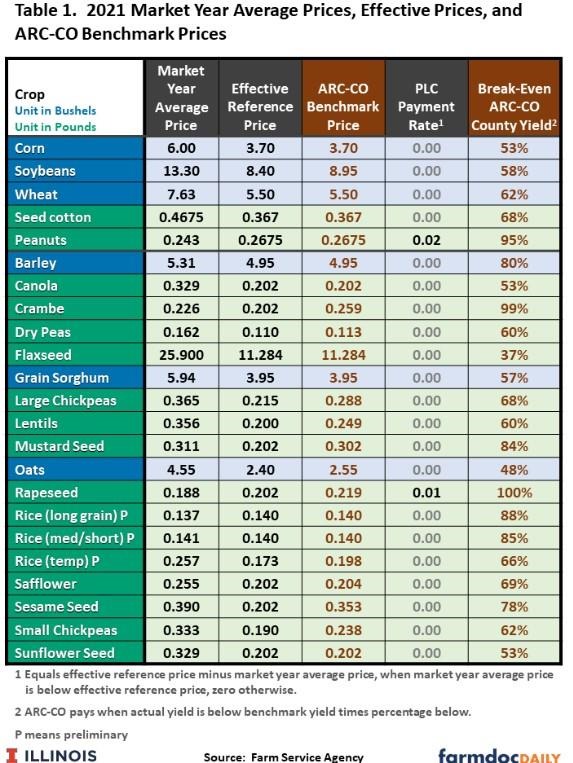Take a drive down a county road in Alabama until you see fences and green pastures. If you stop and look, that is a picture of the basis for beef cattle operations in Alabama. The growing conditions in the Southeastern United States favor nearly year-round forage or pasture production.
Beef cattle and their impacts on the environment are often a hot discussion topic. What isn’t news to most beef cattle operations is the positive role that beef cattle play in sustainability. However, this may seem counterintuitive to what is often heard in the media surrounding cattle production. The following are several benefits of forage-based beef cattle systems to society as well as some misconceptions about the industry.
Beef Cattle are More Efficient Now Than Ever

A recent report noted that although the current cattle inventory is similar to the number of cattle in 1990, overall beef production has increased 18% over this time period. In other words, the country is producing more animal product today with the same number of animals from 30 plus years ago. Ultimately, this means farmers are producing more beef with fewer emissions.
Cattle, Carbon, and Methane
Proper grazing management helps restore soil health and creates a sink for atmospheric carbon and nitrogen. Yes, cattle emit methane, but not in the way people are most often led to believe. When forage is digested in the rumen–or the fermentation vat of the ruminant digestive system–methane is produced. The misconception is cattle emit methane mostly through flatulence. However, most methane is actually expelled through belching.
As part of nature’s carbon cycle, plants require carbon dioxide to complete the process of photosynthesis. Over time, the methane cattle expel in the atmosphere breaks down into carbon dioxide and water, which can be used by plants. Plants store carbon in their growth above ground (the grazeable forage) and below ground in their often-extensive root system. This builds soil quality over time and helps keep the land productive.
Beef Cattle Convert Forages into Protein for Humans
Beef cattle are ruminants, which have the unique ability to convert forages into a high-quality protein for human consumption. This is known as upcycling. Cattle can produce this high-value protein to meet human nutritional demands, all while using land resources that would otherwise be unutilized.
A common argument is that land for beef cattle could be used for other crops for human consumption. However, this is not entirely true, as beef cattle spend much of their life in forage-based systems. Forages are typically grown on land that is unsuitable for other high-value crops, and would be considered land of marginal use without being used for grazing.
Beef Cattle Use By-products That Humans Cannot Use
Every industry has feeder systems that supply needed resources to make a given product. Beef cattle production is no different, and cattle are often fed supplements which are by-products from other industries. Reducing beef cattle numbers nationwide means there would be negative impacts on all of the supporting industries, which have environmental implications associated with not using those resources. Without beef cattle to use these resources, the system would be creating another source of emissions rather than effectively upcycling them into a high-quality beef product. Many feed by-products would have no value for other commodities, and would simply be land applied or composted, creating an additional source of emissions.
Producers are Environmental Stewards

Beef cattle producers are, and continue to be, committed stewards of the environment. A 2021 survey conducted by Elanco Animal Health noted that 90% of cattle producers use one or more methods to protect natural resources on their farm. These practices included rotational grazing, optimizing stocking density, supplemental winter grazing, using cross fencing, and strategic access to water resources. Among the producers who mentioned these practices, they reported that they valued these practices in relation to sustainability of their operations and overall longevity of the land.
Producers Pursue Opportunities and New Technologies
As new technologies arise, beef cattle producers often evaluate these technologies with application in their operations to further increase efficiency. Discussion of carbon credits is on the horizon for various other agricultural commodities and may begin entering livestock systems discussions. More emphasis on optimizing the use of forage and grazing lands offers an opportunity to help improve land productivity and sustainability. Beef cattle producers are positioned to take advantage of these incentives for the things they are already doing – management which favors sustainability.
Source : aces.edu